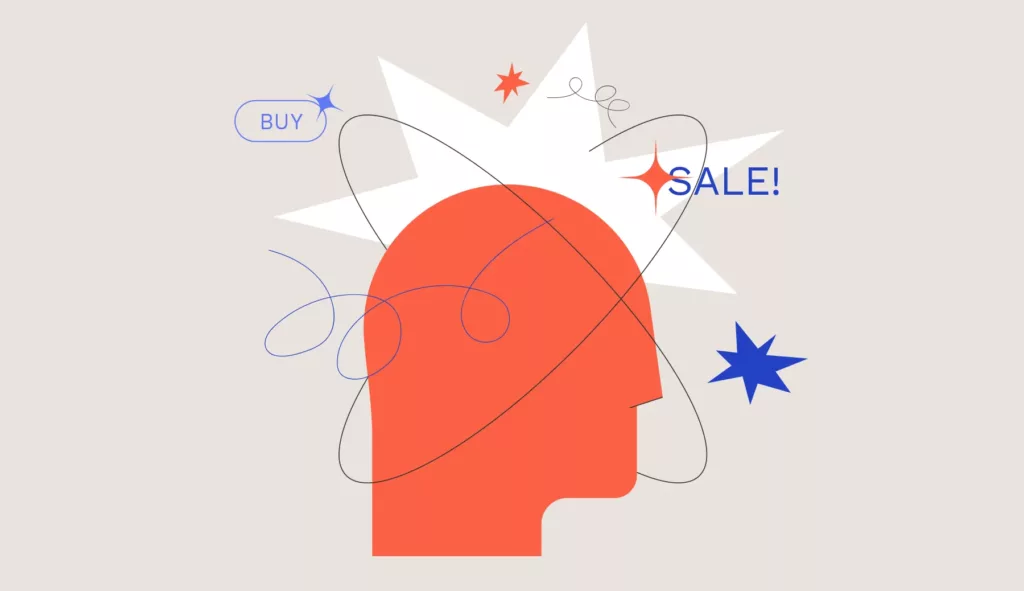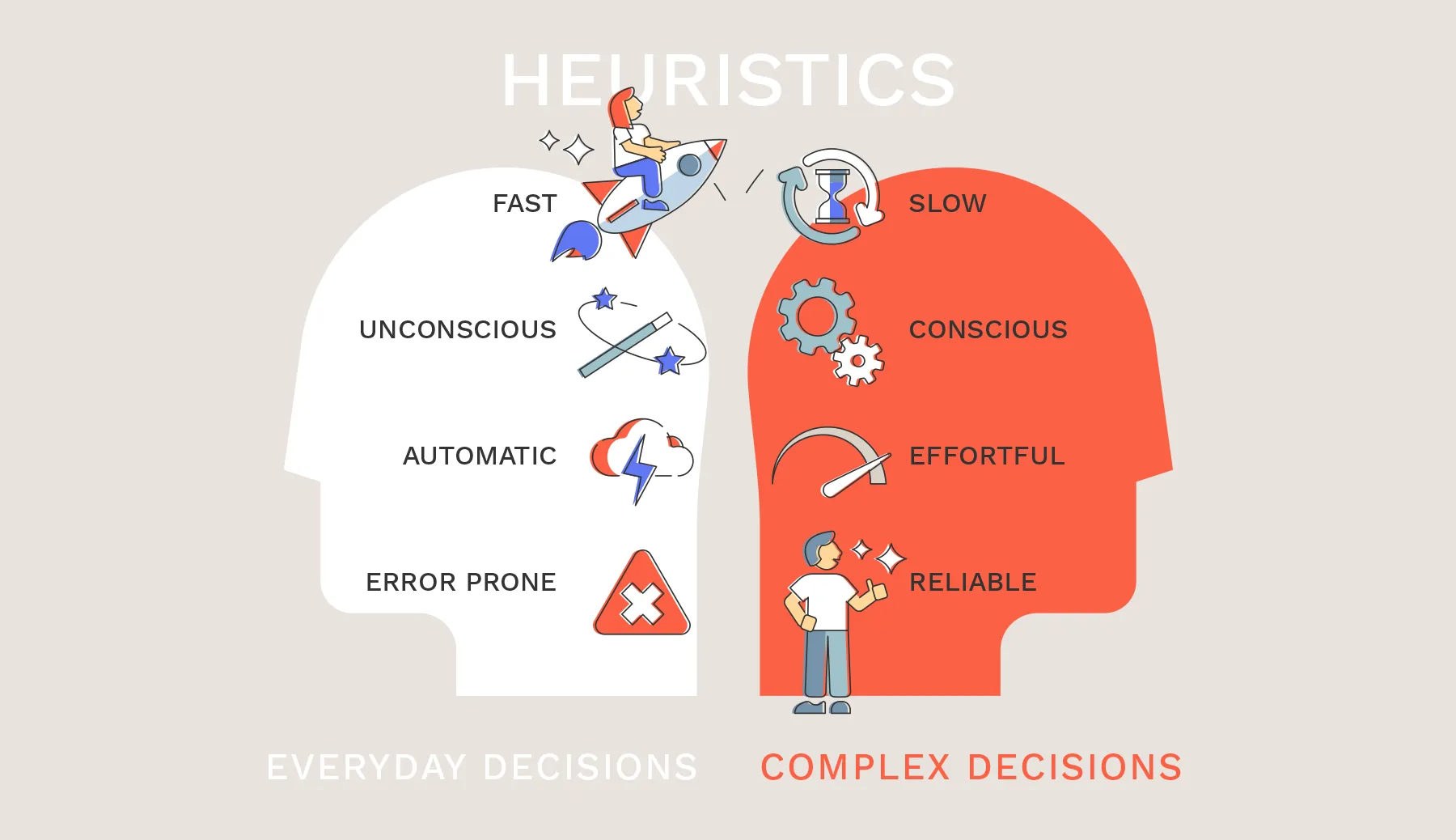Improving The Store Experience For Growth

AUTHOR

GREG SAMPSON
Head of Quantitative Research
Just think for a moment about the last time you entered a supermarket, department store such as Kmart or a reasonably large liquor store.
While you would probably describe these experiences as everyday or even mundane, the fact is that you were in one of the most information dense environments it is possible to be in. From the normal sensory inputs of sights, sounds, etc. to signage, to advertising, to product tickets and to say nothing of all the images and information on the products themselves, there is frankly more information than a normal human being could potentially deal with in a lifetime, let alone less than an hour.
So, how do we (humans) navigate through this avalanche of information and achieve our shopping missions with relative ease? There are two broad strategies:
HABITUATION

Ignoring or just not paying attention to much of the information in the store is the predominant strategy. This one is hard wired. It’s called habituation and is one of the functions of our brain’s reticular system. It’s basically the part of the brain that learns to ignore repetitive, meaningless stimuli while remaining sensitive to stimuli that is important. For any given shopping mission there is plenty of meaningless stimuli in the store that gets ignored.
HEURISTICS

Heuristics are the other strategy we use. These are essentially system 1 driven responses to turn complex decision making in to simple, intuitive rules. Some examples of heuristics that are at play in shopping are: anchoring, status quo bias, availability, attribute substitution to name just a few. As largely sub-conscious processes, how they have impacted our behaviour and decision making is largely inaccessible, even to ourselves. This context has profound implications for how we approach research on shopping.
When we want to understand shopper behaviour and provide direction on how to optimise shopper marketing. These include:
- Observation as the basis;
- Experimentation provide direction; and
- Questioning to provide context.
Observation is the cornerstone of understanding. It is the behavioural process and outcomes that we need to understand and provide direction on. The only way to truly understand it is to observe it. This includes watching the way shoppers interact, observing where they are looking (through eye tracking) and recording their behaviour. There is much we can deduce from this, including what is capturing attention, what is being ignored and what is most likely influencing behaviour.
To build on that observation and provide direction on strategies to optimise the outcomes we want, we use experimentation. This involves changing the variables we hypothesise will influence behaviour to understand what interventions will deliver the uplifts we are looking for.
Both observation and experimentation are expensive and time consuming to do in the ‘real world’. They are, however, scalable in a virtual world. For this reason, we partner with StoreLab to build, change, and research in virtual environments that are hyper
realistic.
On top of observation and experimentation, asking questions of shoppers has an important role to play. It gives the human narrative behind the behaviour. More than this though the contradictions that are uncovered between the observation and what shoppers ‘think’ is going on provide a rich vein of insight and direction for improvement of the shopping experience and creating an environment where shoppers spend more.
Delivering growth through optimising the shopping experience in store and through the path to purchase is deceptively simple in its objectives – get more people to visit the aisle more often and spend more on each occasion – but it is complex in execution. We have the tools and the experience to breakdown the avalanche of information faced by shoppers and to work through that to define opportunities for growth for both brands and retailers.
Shopper Insights
Please get in touch, if you’d like to know more.
